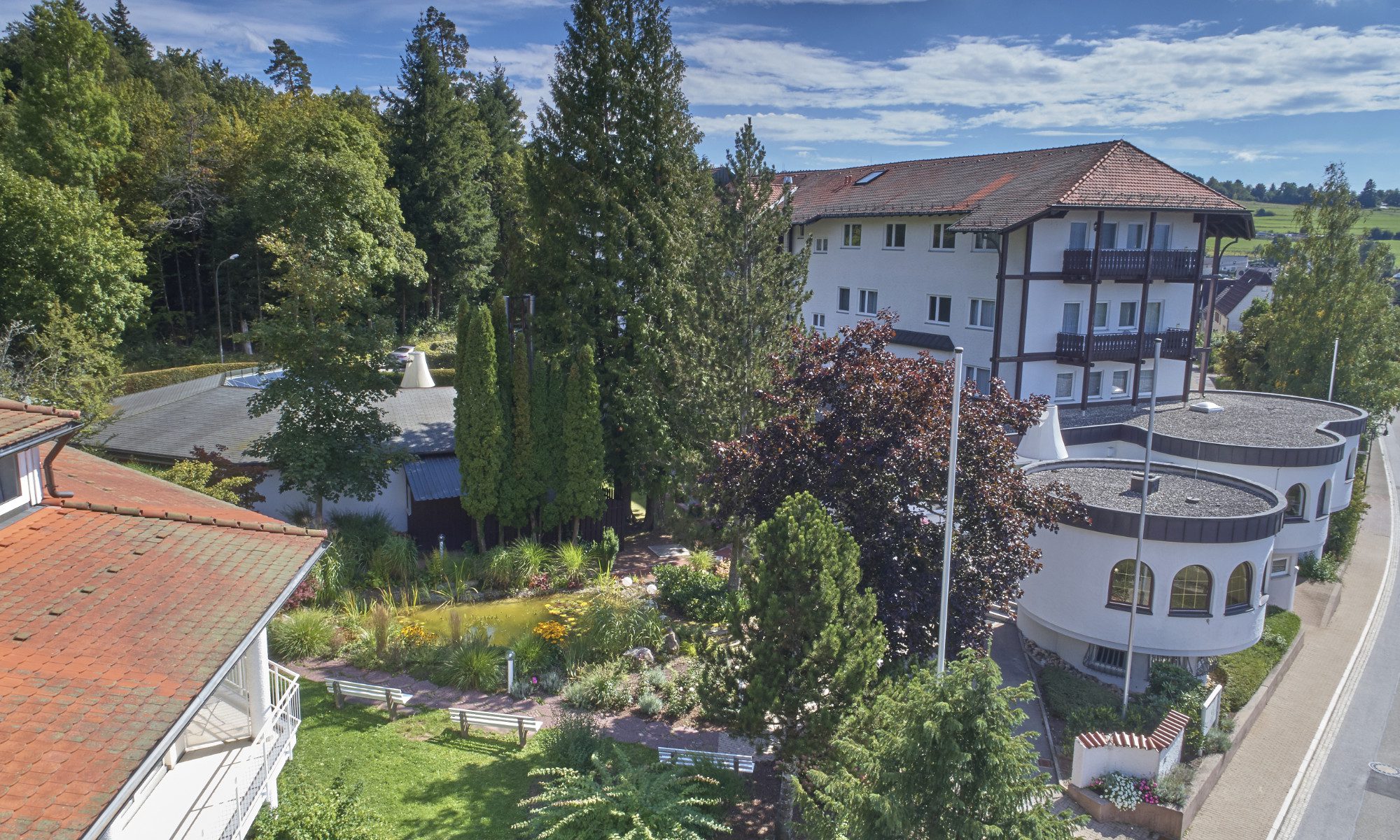We received good news for one of our patients and are happy to share these with you on Bruce’s behalf.
Bruce was diagnosed in May 2013 with stage IIIC malignant melanoma of his right foot with a micrometastastic disease in 1/7 lymph nodes from the right popliteal and groin area. In July of the same year, a dissection took place and Bruce decided to not receive the adjuvant interferon treatment, before he underwent a new biopsy in October 2013, confirming progressive disease. A few of the skin metastases were resected, and he underwent hyperthermic limb perfusion therapy. Unfortunately, in February 2014, the disease progressed even further. Analysis of Bruce’s tumor biopsy showed a BRAF-V600E mutation.
So he started on the BRAF/MEK inhibitor dabrafenib and trametinib, which he took for nearly a year and a half. In July 2015, a restaging scan was unfortunately suggestive of disease progression, so Bruce started checkpoint-antibody treatment with nivolumab. Unfortunately, three months under this treatment, Bruce developed a grade III colitis (inflammation of the colon), that needed to be treated with corticosteroids. Disappointingly, Bruce was no longer able to continue the treatment. Once he fully recovered, he started on vemurafenib and cobimetinib (a different BRAF/MEK-inhibitor) treatment in January 2016, and searched for further options – and contacted our team at the Hallwang clinic.
At the Hallwang Clinic, we started with a thorough diagnostic approach and first screened Bruce’s tumor tissue for tumor associated antigens in order to identify potential therapeutic targets. Bruce’s tumor tissue was tested positive for expression of Melan-A and Survivin. When Bruce visited us in April 2016 for the first time, we discussed a treatment with a so called trifunctional antibody approach – targeting anti-GD2. GD2 is a marker which is expressed on tumors of neuroectodermal origin, and thus often found in melanoma patients, as well as in patients with neuroblastoma and different kinds of sarcomas. To evaluate Bruce’s eligibility for this treatment, a blood analysis for circulating-GD2 positive cells was performed, showing that his tumor was highly GD2-positive (3+). Having completed all diagnostic steps and after careful evaluation, Bruce started on a combined immunotherapeutic approach targeting TAA’s in combination with anti-GD2 treatment and the BRAF/MEK-inhibitor. Since then, Bruce is visiting us every three months for three days, continuing his treatment strategy. Bruce has now achieved and maintained a “no evidence of disease“ status (NED) for about 2 and 1/2 years now, and 5 years since diagnosis!! We are so happy for you, Bruce! Continue on this path!


